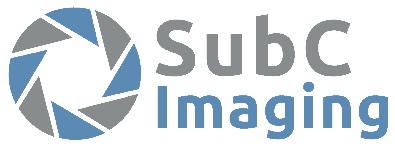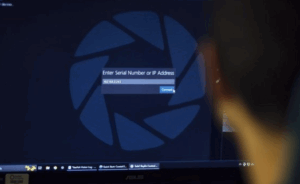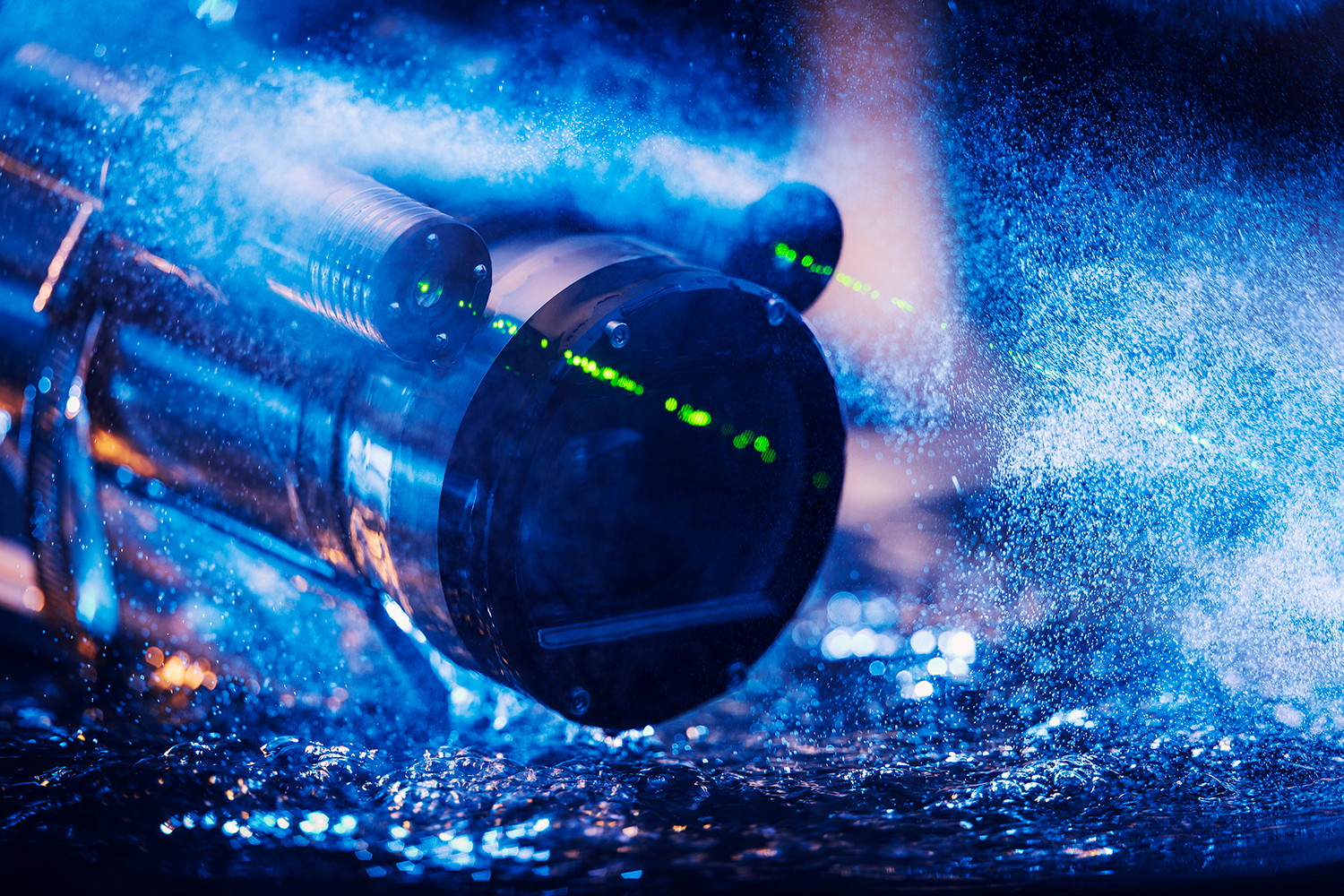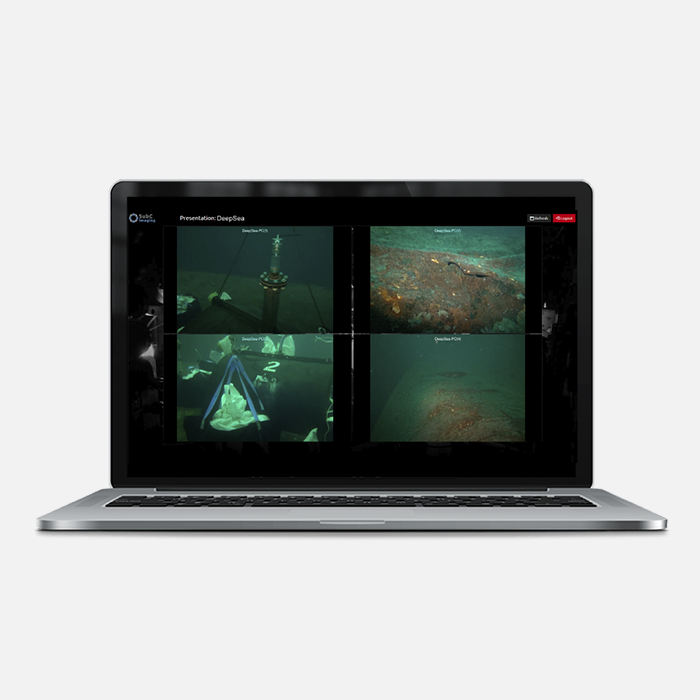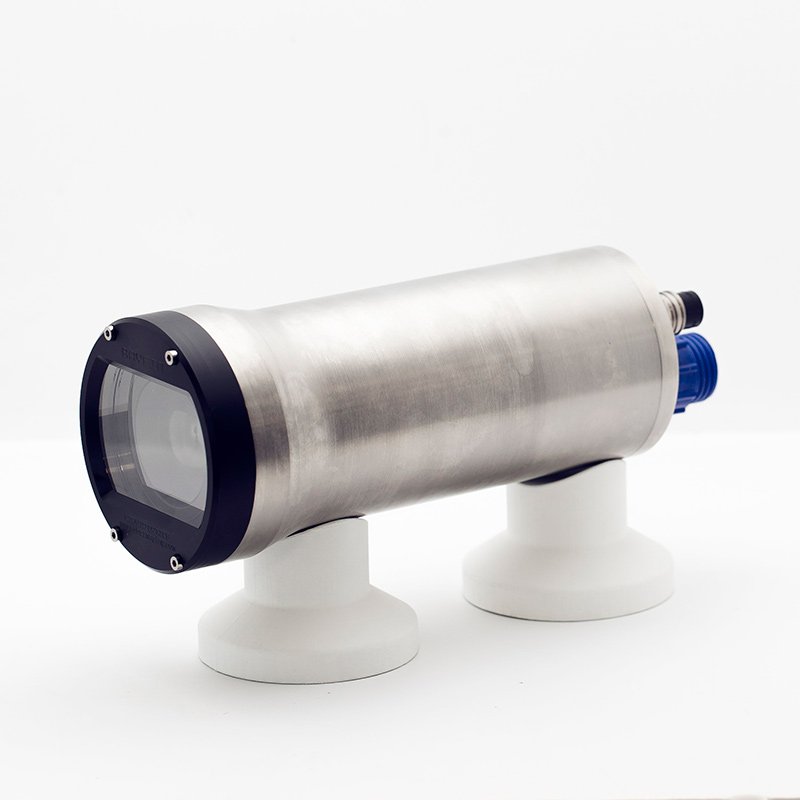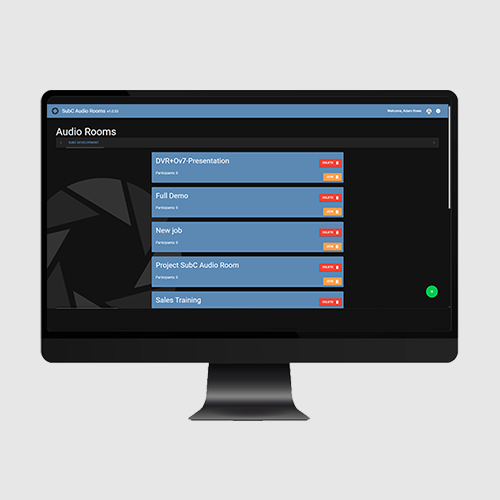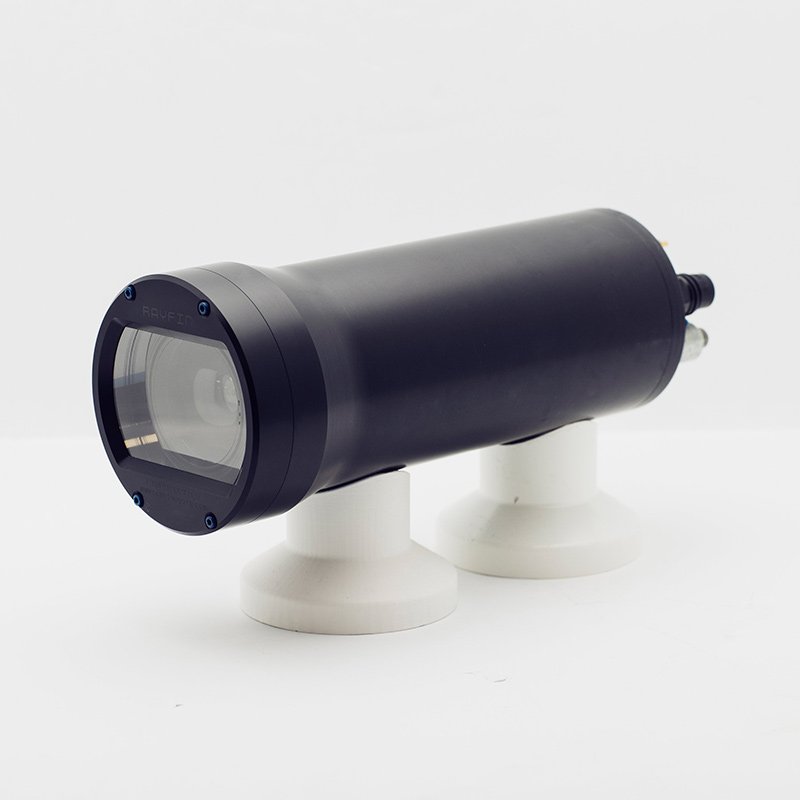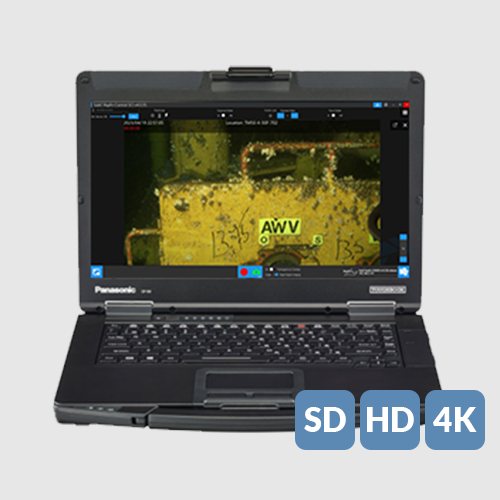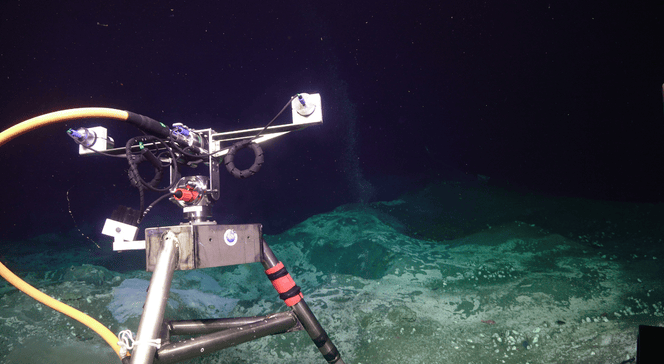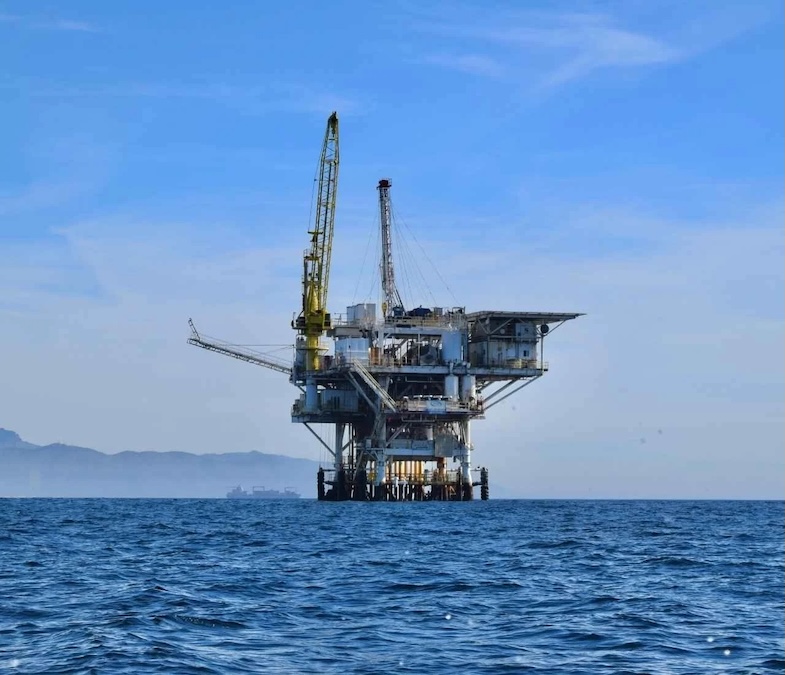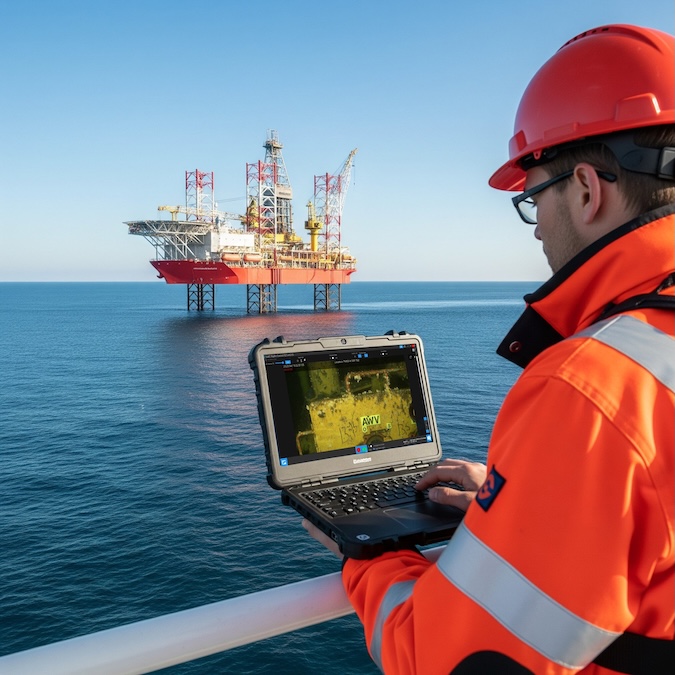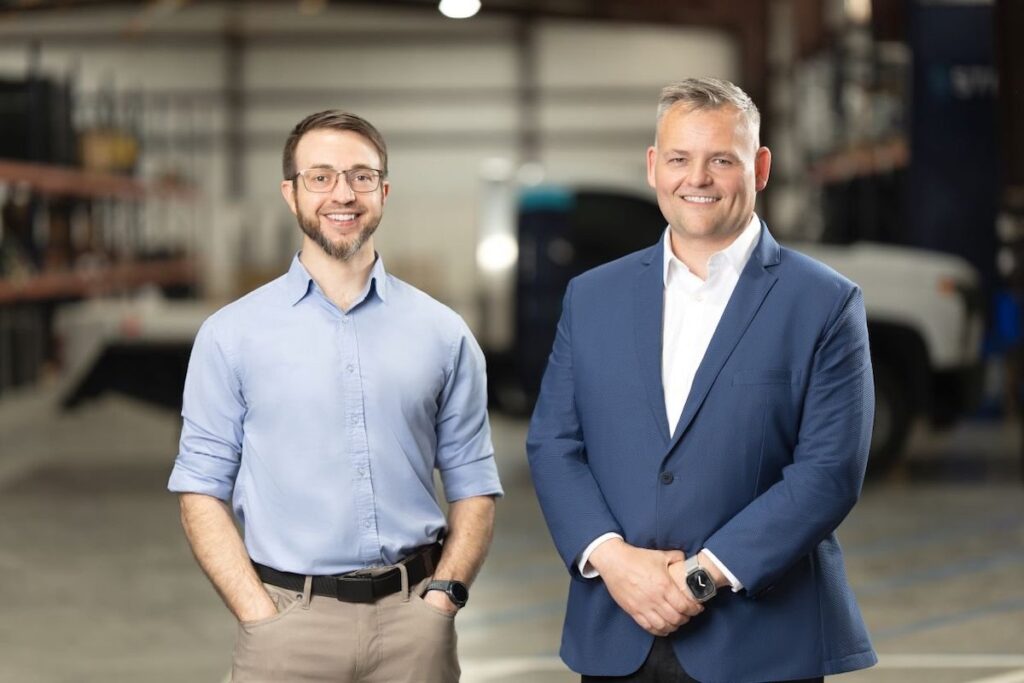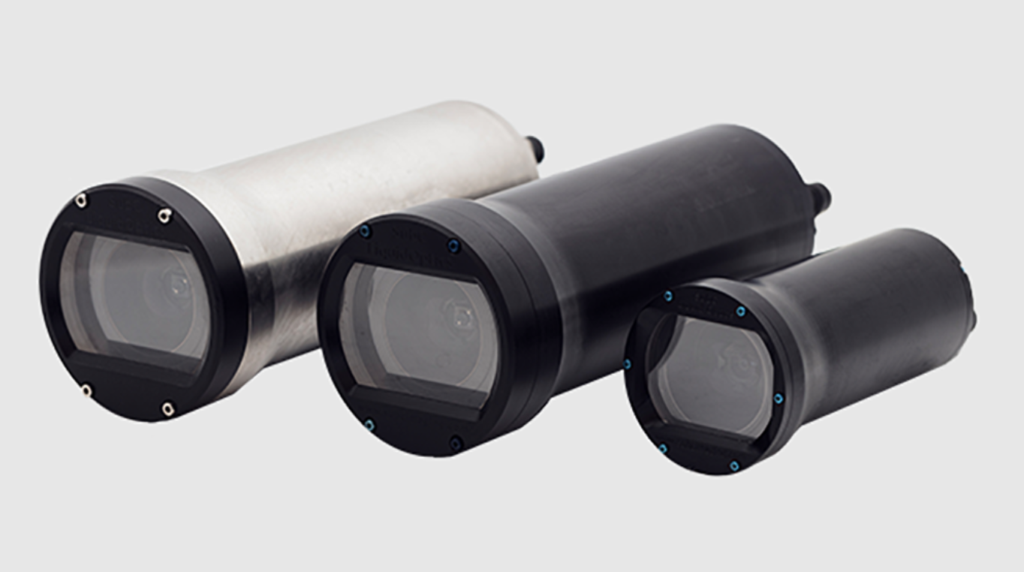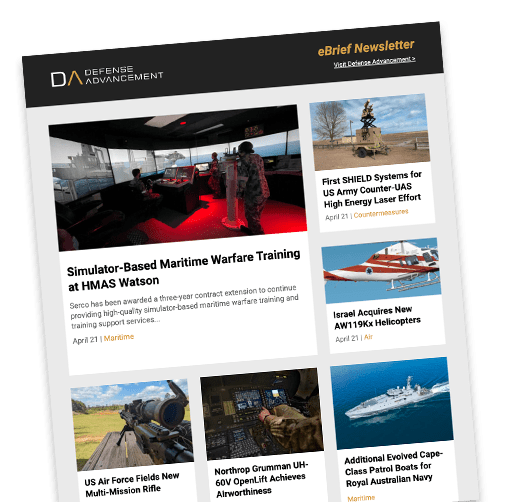Discover how SubC Imaging‘s Visual Script Builder simplifies underwater imaging by replacing complex coding with an intuitive, drag-and-drop interface. Learn how this tool automates data capture, improves efficiency, and enhances long-term deployment reliability.
Setting up autonomous underwater cameras used to mean writing complex scripts to manage image capture, lighting, sensors, and battery life, an often frustrating and time-consuming task. But with the SubC Visual Script Builder, that process has become significantly easier, faster, and more accessible.
Now available on all SubC Imaging Rayfin cameras and systems, including the Autonomous Timelapse System, this no-code, drag-and-drop interface empowers marine researchers, offshore operators, and environmental scientists to automate underwater data collection without any programming experience. By simply arranging blocks in a visual sequence, users can create custom imaging routines that tell the system exactly what to do and when to do it.
The Visual Script Builder handles everything from setting capture intervals and activating lights or lasers to responding to depth triggers and optimizing battery usage. The result? Smarter, more efficient deployments that run autonomously for hours, days, or even months—no manual supervision required.
Key features include:
- Time-saving automation: Replace manual coding with intuitive visual scripting that reduces setup time and minimizes errors.
- Smart sensor integration: Sync lighting, lasers, and environmental sensors in one cohesive script to ensure consistent, high-quality data capture.
- Pre-deployment testing: Verify and simulate your script before deployment with built-in preview tools, eliminating guesswork and ensuring reliability.
- Efficient data management: Automatic file naming and metadata tagging make post-mission organization fast and hassle-free.
Whether you’re capturing timelapse imagery of marine habitats or conducting long-term environmental monitoring, the SubC Visual Script Builder gives you the power to automate complex operations with ease. Say goodbye to tedious scripting and hello to streamlined, reliable underwater imaging.




